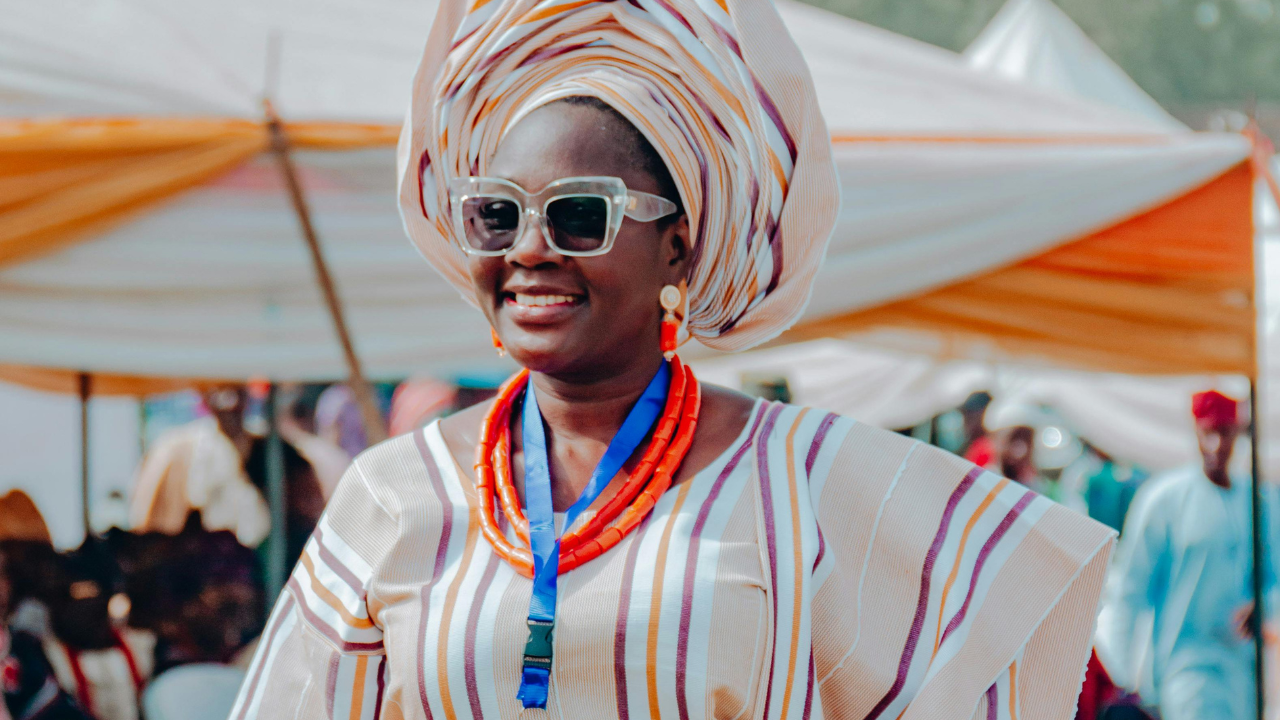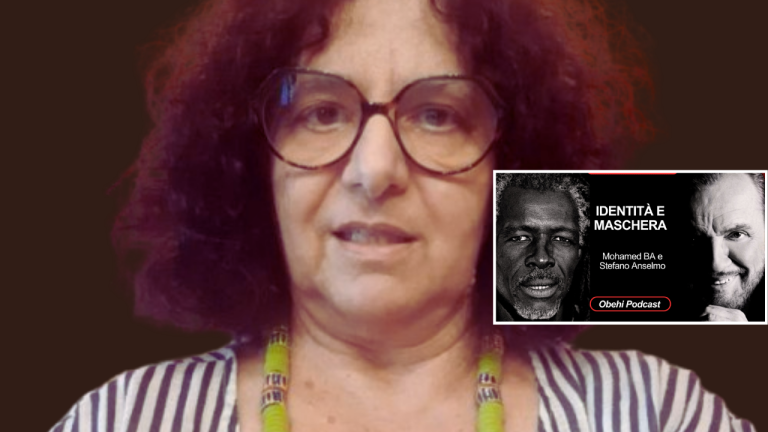Memory as Heritage: How to Protect the Esan Identity Through Education

In the heart of Esanland, where the trees whisper secrets and the red earth holds the footprints of many generations, something special is always happening. It’s not a festival or a big feast, it’s a quiet, powerful tradition that lives in the voices of elders, in the songs sung at bedtime, and in the proverbs shared around evening fires. It’s called memory. And even though we don’t always see it, memory is one of the most important gifts we carry.
Learn How to Leverage Your Story through our Story To Asset Framework.
Understanding Esanland In Edo State, Nigeria
The Esan people, an ethnic nation in Nigeria, primarily reside in the Edo Central Senatorial District is a vibrant plateau region rising about 136 meters above sea level. But Esan is more than just a place. It is the heartbeat of a proud people, encompassing their language, rich culture, and enduring spirit.
In Esanland, memory takes many vibrant forms, whether through the famous Acrobatic “Igbabonelimhin” dance or the lively celebrations of the New Yam Festival. It is far more than a means to recall facts or pass exams; it is a sacred heritage. Memory serves as a living archive, preserving stories, values, and wisdom handed down from generation to generation.
This collective memory shapes our very essence, cultivating intelligence, kindness, and unshakable pride in who we are as Esan people.
See also Ehi: Your Divine Guardian and Its Role in Esan and African Spirituality
Protecting the Esan identity means safeguarding this memory through education. It means teaching our young not only the history of their people but also the lessons embedded in our traditions.
By embracing memory as a vital heritage, education becomes a powerful force that keeps the Esan spirit alive, ensuring it thrives for generations to come.
How do you preserve the Esan Identity through Education?
According to an article on The Guardian, the writer, Suliyat Tella, noted that 35 clans speaking varieties of the language make up the Esan language group spoken in the Edo Central Senatorial Zone, occupying 2,987.52 square kilometers of the state.
She went on to underscore a growing concern that many in Esanland have long voiced: as indigenous cultures across Nigeria grapple with the pressures of globalization, the Esan language a crucial vessel of identity, history, and heritage is at serious risk of extinction, unless urgent and strategic efforts are made to revive and preserve it.
This warning came during a recent virtual summit organized by the American chapter of the Esan World Congress (EWC), themed “Esan Heritage, Leadership, and Legacy.”
The summit convened scholars, traditional leaders, youth advocates, women’s organizations, and professionals from across the globe to address a growing crisis, the erosion of the Esan language and culture, even within its ancestral homeland.
According to participants, pidgin English has overtaken Esan in daily use, even in the five local government areas of Edo State where the language originates. In markets, homes, schools, and public life, Esan is rapidly losing ground—not just as a mode of communication but as a carrier of ancestral wisdom, values, and identity.
Commodore Patrick Udabor (rtd), who chaired the summit, expressed deep concern about the cultural disconnect caused by migration. “Our best brains are forced out of Esanland and Nigeria in search of greener pastures,” he lamented. “Their children, raised abroad or in urban centers, often grow up without any connection to the Esan language or heritage. That generational gap threatens to become permanent.”
Professor Simeon Osazuwa, a specialist in Francophone and African literature, delivered a stark forecast in his presentation titled “Unifying Esan Voices.” He warned: “It is entirely possible that the Esan language, if current trends persist, could become extinct within the next 50 to 100 years.”
Experts at the summit stressed that the most powerful weapon in reversing this decline is education, formal and informal, local and international. They advocated for:
- Integrating Esan into school curricula in Edo State, beginning from primary to tertiary levels.
- Creating Esan language clubs and weekend schools in urban centers and the diaspora.
- Promoting digital tools like mobile apps, YouTube tutorials, and social media platforms that teach and encourage the use of Esan.
- Publishing more books in and about the language, building on the important work done by author Andrew Odiagbe, whose Esan-English Dictionary has become a cornerstone resource for language learners.
The preservation of Esan is not just about words or grammar, it is about keeping alive a worldview, a communal history, and a distinct cultural identity. If education becomes the frontline of this movement, then every classroom, family gathering, and community centre can be a site of revival.
As the summit concluded, one thing became clear: the fight to save the Esan language is also a fight to preserve a people’s soul. And education must lead the charge.
Today, more than ever, we need to remember how important memory is; not just for learning, but for protecting our identity and making sure our culture stays strong. When we remember, we connect to our roots. And when we teach memory the way our ancestors did, we build a better future.
Why Memory Matters for Identity
In African culture, especially in Esanland, memory is how we know who we are. Every story, every proverb, every chant is a thread in the beautiful cloth of our identity. If a child doesn’t know where they come from, it’s like a tree with no roots; it might grow for a while, but it won’t be strong.
One powerful African value that explains this is Ubuntu, a word that means “I am because we are.” Ubuntu teaches that each person is part of a larger family and community. Stories that pass from generation to generation remind children that they are never alone. They are part of a line of people who have been brave, kind, smart, and loving.
When children know the names of their ancestors, the heroes of their village, or the meanings behind their names, they stand taller. They feel special. That’s why Esan people often say, “A person without memory is like a drum without sound.” Memory gives us voice, rhythm, and purpose.
Traditional Memory Techniques That Still Work Today
Even with tablets, computers, and smart classrooms, traditional memory-building methods are just as helpful as ever, and sometimes even better! Here are some methods still used in African communities that can make learning easier and more joyful for young students:
- Storytelling: In Esanland, tales of clever animals, brave warriors, and wise elders are told to teach morals and values. When teachers use stories in class, children understand lessons better and remember them longer. In fact, studies from the Harvard Graduate School of Education show that storytelling helps children remember facts because it gives meaning to what they learn.
- Repetition and Call-and-Response: African songs often repeat words and use rhythms to help children learn. Think of how you learned the ABCs through a song! Esan lullabies, drumming games, and chants all help build strong memory through patterns.
- Proverbs and Riddles: Proverbs are short sayings full of wisdom. One Esan proverb says, “He who asks questions never misses the road.” That teaches curiosity and wisdom. Riddles, which are playful and puzzling, sharpen memory and creativity by encouraging children to think in clever ways.
- Family Story Circles: In many villages, families sit together in the evening to share stories about the past. This helps children learn about their family, their village, and the values that matter most.
Using Memory in Today’s Classrooms
In some African schools, educators are blending traditional memory tools with modern teaching methods to enrich learning and preserve cultural heritage. A notable example is South Africa’s Memory Box project, where children gather stories, songs, and meaningful objects from their families to create personal treasure chests of culture and history.
These memory boxes are then brought into the classroom, serving as powerful tools for reading, writing, and storytelling. For more on initiatives like this, UNESCO’s program on Safeguarding Intangible Cultural Heritage in Formal and Non-Formal Education offers valuable insights into how education can be a force for cultural preservation.
In Nigeria, some schools are holding storytelling assemblies, where children listen to folktales and then act them out. This helps them with memory, teamwork, and self-expression.
One primary teacher in Benin City shared that her pupils’ reading scores improved after she began using Esan proverbs in morning lessons. “They feel like the lessons are part of their lives,” she said.
Memory as Empowerment
Children who grow up with strong memory skills become strong thinkers and proud learners. They are not just repeating facts; they are building meaning. And that meaning helps them face problems with wisdom, creativity, and courage.
Memory can also help children in the African diaspora, those living far from their homelands, stay connected to their roots. By learning Esan stories, names, and songs, they carry a piece of home wherever they go. It reminds them that no matter how far they travel, they come from something beautiful and strong.
See also Group Travel – A Shared Adventure in Verona: My Verona Journey Series, Part 8
Neuroscientists like Maryanne Wolf have found that storytelling and deep reading activate parts of the brain that build empathy, focus, and imagination. This shows that African memory techniques aren’t just cultural—they’re also smart!
How Parents and Teachers Can Help
Here are simple ways parents and educators can build memory and identity at home and in school:
- Tell a traditional story once a week and ask children to retell it in their own words.
- Use a “proverb of the day” to spark classroom or dinner table discussions.
- Make memory games using local words, names, and animals.
- Create a family memory book with photos, stories, and drawings.
- Celebrate culture days where children wear traditional clothes and share folktales.
These small actions can help children become proud, thoughtful, and joyful learners.
Conclusion: Our Memory, Our Strength
Memory is not just about what we remember, it’s about who we are. In Esanland and other African communities, memory holds the power to teach, to heal, and to connect. When children learn through story, song, and repetition, they don’t just pass tests, they grow into leaders who know where they come from.
Educators, parents, and young people must work together to keep the memory alive. By using traditional African tools in today’s learning, we can protect our identity and help every child grow strong, smart, and proud.
So let us remember and help our children remember that memory is more than history. It is a heritage site. And heritage is power.
Learn How to Leverage Your Story through our Story To Asset Framework.






